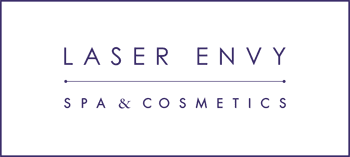Is there any downtime after laser hair removal treatment?
Laser hair removal is a non-invasive procedure and most people can return to their normal activities immediately after the treatment. However, some redness and swelling may occur around the treated area, which usually subsides within a day or two.
You should avoid sun exposure, sun tanning, and tanning beds for at least one week before and after the treatment, as the skin may be more sensitive to UV rays. Avoiding sun exposure can help avoid pigmentation changes, burns, and blisters.
It’s also important to avoid plucking, waxing, or electrolysis during the course of laser hair removal treatments as it can interfere with the hair growth cycle, making the treatment less effective.
You should also avoid using any exfoliating products or scrubs, and avoid swimming, sauna or steam rooms for at least 24 hours after the treatment.
You should follow the aftercare instructions provided by your practitioner and in case you have any concerns or complications, you should contact them.
